Our three-part series on coated abrasives concludes with information on choosing the correct abrasive product for the desired finish. Read Part 1. Read Part 2.
"Dancing Wall" - Colour & Movement in Stainless
To symbolise the wetlands landscape of the Nundah area in Brisbane’s north, sculptor Daniel Della Bosca sought out materials which best convey the fluidity and reflectivity of water and the reedy texture of waterside vegetation.
Building with Large Hollow Sections
Posted 1 July 2003
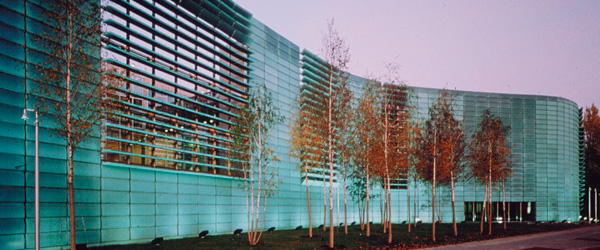
Stainless steel combines structural strength with corrosion resistance to form a superior construction material which additionally supports a range of aesthetically pleasing finishes.
Specifying Stainless for a Salt Air Setting
Posted 1 July 2003
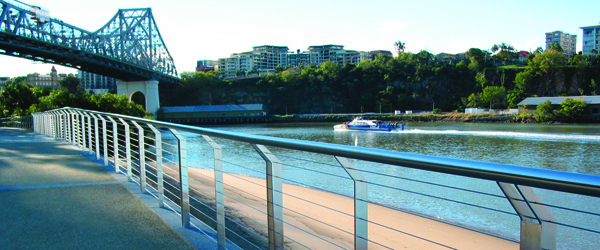
Architect Jan Jensen was a consultant to Brisbane City Council on the design of the Brisbane Riverwalk, currently under construction. The walk will take pedestrians from the CBD to the inner suburb of New Farm along the river.
Stainless for the Long Haul
Posted 1 July 2003
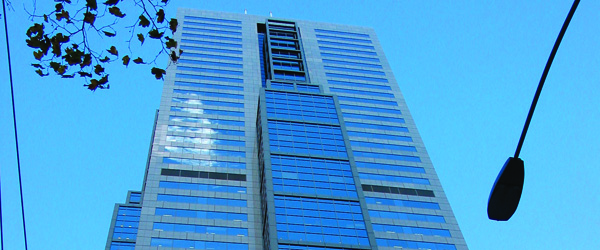
The long-term cost effectiveness of stainless steel makes it a worthwhile proposition even though the initial outlay can be significant. The construction industry is realising that choosing a cheaper, but less durable material can be a false economy.
Sculpting Stainless Steel Mesh with Stone
When Canberra-based Artist, Anna Eggert began sculpting with stainless steel wire mesh two years ago she tried every tool to model the material with little success.
Council Solves Fishy Problem with Stainless
Coastal areas are popular sites for recreational fun and fantastic fishing. However, the City of Albany in Western Australia had one major problem to deal with - fish waste in the nearby waterways
Stainless Deco Tube for Safety and Style
Posted 30 November 2003
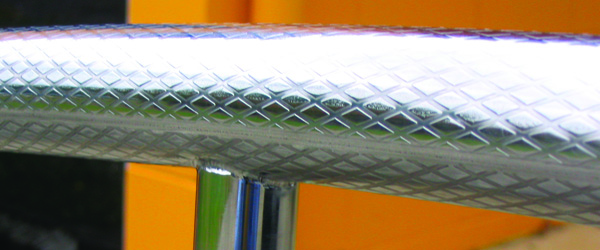
The humble stainless steel rail is set to become a visual feature with the introduction of an innovative new product that people just can't keep their hands off.
Chemical Surface Treatments
Successfully using stainless steel depends on environment, grade selected, surface finish, the expectations of the customer and the maintenance specified.
Stainless steels provide robust solutions, but in harsh or borderline environments with high expectations for durability, surface finish will have a substantial impact on performance. Surface finishes can be applied mechanically (usually with abrasives) and chemically.
Understanding how chemical and mechanical treatments will affect the characteristics of the surface and will enable the best possible outcome for the client and the structure. Chemical treatment can be used to improve the corrosion performance of the steel, and hence its appearance in service.
Specifying Stainless for Suncorp Stadium
PDT Architects, Brisbane in association with HOK Sport, Venue and Event designed and documented the $280m Suncorp Stadium for the Queensland Government.
"It is the top grade material and that's what we wanted for the stadium...
When you take that the client is the people of Queensland, they expect the best to go into the stadium.
If they're paying $280 million for a stadium they want the thing to last and stainless will give you that longevity."
Keyhole Welding
Savings for Stainless
Posted 30 November 2003
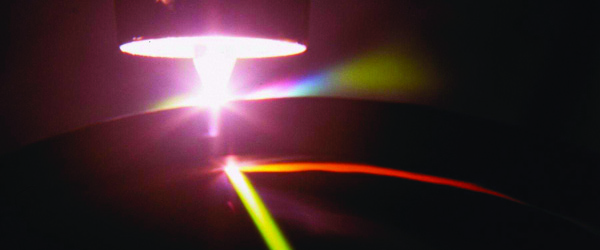
Researchers from the Commonwealth Scientific and Industrial Research Organisation (CSIRO) and the Cooperative Research Centre for Welded Structures (CRC-WS) have developed a welding process for stainless steels and other corrosion-resistant metals that is significantly faster, cheaper and easier than current practices.
Stainless Bathing Box of Shattered Dreams
Tamarama Beach or as local Sydneysiders call it 'Glamarama Beach', is well known as the place for beautiful people to be seen and for the rest of us to dream.
Restoring Stainless
Brewed for Efficiency
When Carlton & United Breweries (CUB) announced plans last year to expand production capacity at the Yatala site in Queensland, the company considered both purchase of new stainless tankage as well as transfer of tanks from its Sydney brewery and re-use of second hand tanks in its inventory.
Threaded Fittings to ISO 4144 Standard
For many years there has not been a Standard to cover the low pressure stainless steel cast pipe fittings commonly used in Australia and other countries around the world.
Cleaning and Protecting Stainless Sculptures
"Windhover" is a dramatic stainless steel sculpture created by the late Lenton Parr, located on the eastern foreshore of Port Phillip Bay in Sandringham, Melbourne.
Crevices and Corrosion
A crevice is a narrow gap between a piece of metal and another piece of metal or tightly adhering material like plastic or a film of bacterial growth.
Many metals and alloys are susceptible to crevice corrosion, but in stainless steel, crevices are the first and most common place for corrosive attack to begin. With a little understanding, crevice corrosion can either be avoided or minimised.
Versatile Style with Stainless Decorative Tiles
A revolution is about to take place in the tiling industry with the introduction of stainless steel decorative tiles with a versatile design that will add style to any kitchen, bathroom, restaurant, bar and even as a feature wall.
Stainless Steel Enhances Hayman Island Views
North Queensland's Hayman Island Resort welcomes thousands of guests every year to the Great Barrier Reef island destination. Also attracted by the beauty of the resort, cockatoos have eaten away at the timber balcony railings and balustrades
Celebrating New Year's Eve with Stainless Steel Fanfare
Posted 31 January 2005
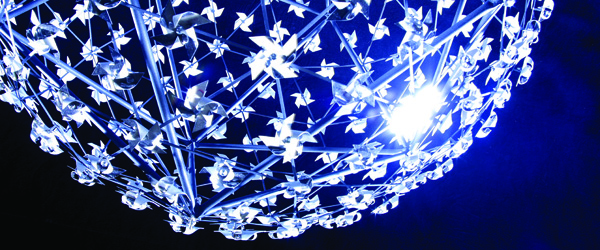
Sydney's New Year's Eve has always been celebrated in spectacular style and this year's event shined with the inclusion of a giant glitter ball featuring stainless steel.
Solving the puzzle with stainless mainline fittings
Choosing mainline fittings for irrigation applications can often seem like building a giant puzzle with elbows, tees, crosses and coupler sets - various fittings required to connect irrigation pipework together.













